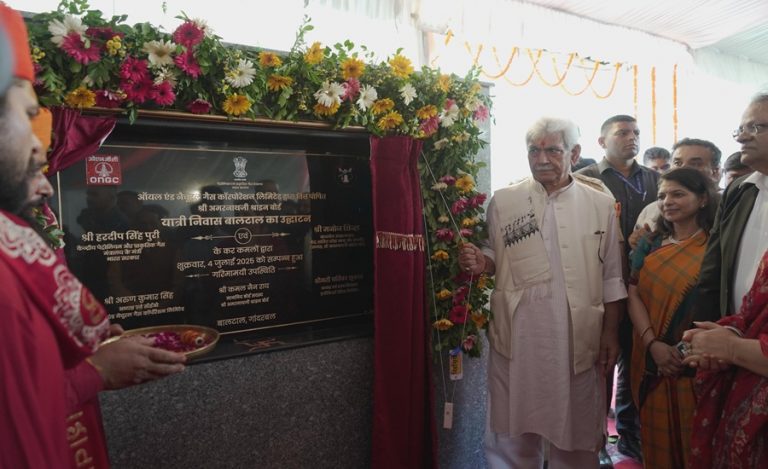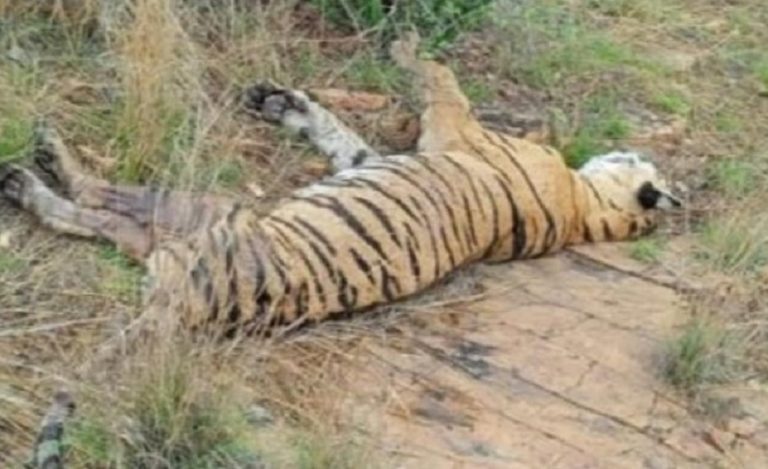Between May 10 and 13, 2025, the Gujarat Forest Department undertook the 16th Asiatic Lion Population Estimation, covering a vast landscape of around 35,000 square kilometers. This large-scale census, spanning 11 districts and 58 tehsils, aimed to capture the most up-to-date picture of the Asiatic lion (Panthera leo persica) population, an iconic species that calls Gujarat its only home. With support from local communities and the Government of Gujarat, the census reflects ongoing efforts to understand and safeguard this magnificent animal.
2012 batch IFS officer Mohan Ram, currently posted as DFO, Wildlife Division, Sasan-Gir, Gir National Park & Sanctuary, Gujarat, shared exclusive detailed insights about the census with Indian Masterminds, explaining how science and technology have been combined with field expertise to produce reliable data on the lions’ current numbers, their distribution, and population trends.

THE METHOD BEHIND THE NUMBERS
For over three decades, the Gujarat Forest Department has relied on a systematic approach called the Minimal Total Count using the Direct Beat Verification method. This approach divides the landscape into smaller sections called sampling units, forest beats in protected areas, and clusters of villages in mixed-use zones, each surveyed thoroughly by teams of forest personnel.
This year, the Asiatic Lion Landscape was organized into eight regions, 32 zones, 112 sub-zones, and 735 sampling units. Teams composed of an enumerator and two assistants equipped with GPS, binoculars, digital cameras, walkie-talkies, and maps conducted careful observations, noting lion sightings and signs.
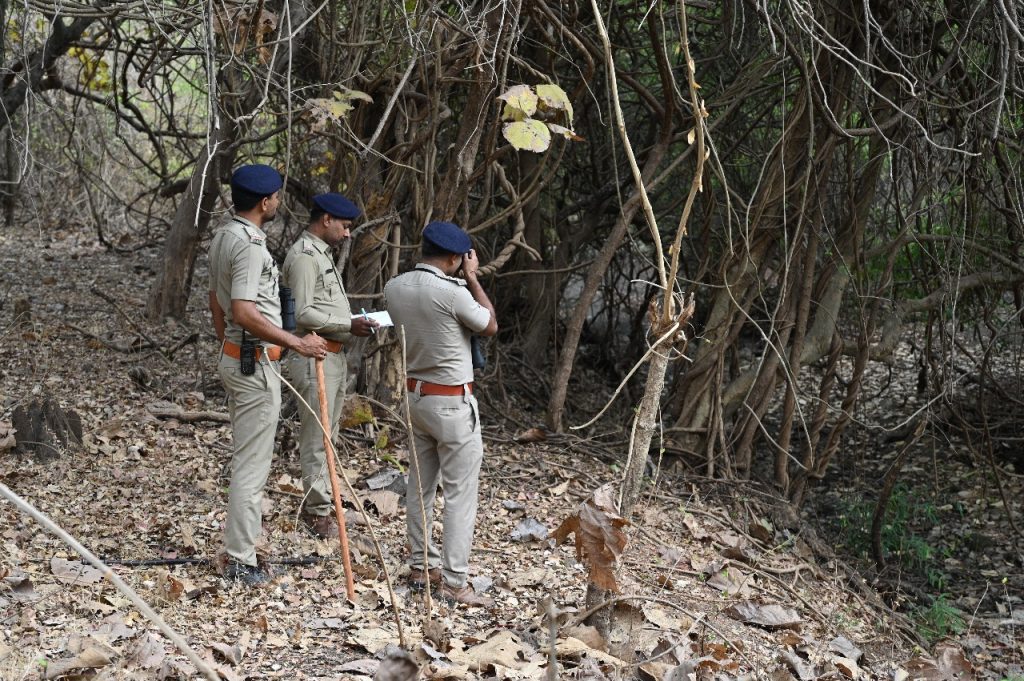
The census was carried out in two main sessions: the primary estimation from the afternoon of May 10 to the afternoon of May 11, followed by a final estimation from May 12 to May 13.
“Field staff, familiar with the terrain and lion habits through regular patrols, recorded individual lions based on unique markings, movements, and photographs to avoid counting the same animal twice,” he shared.
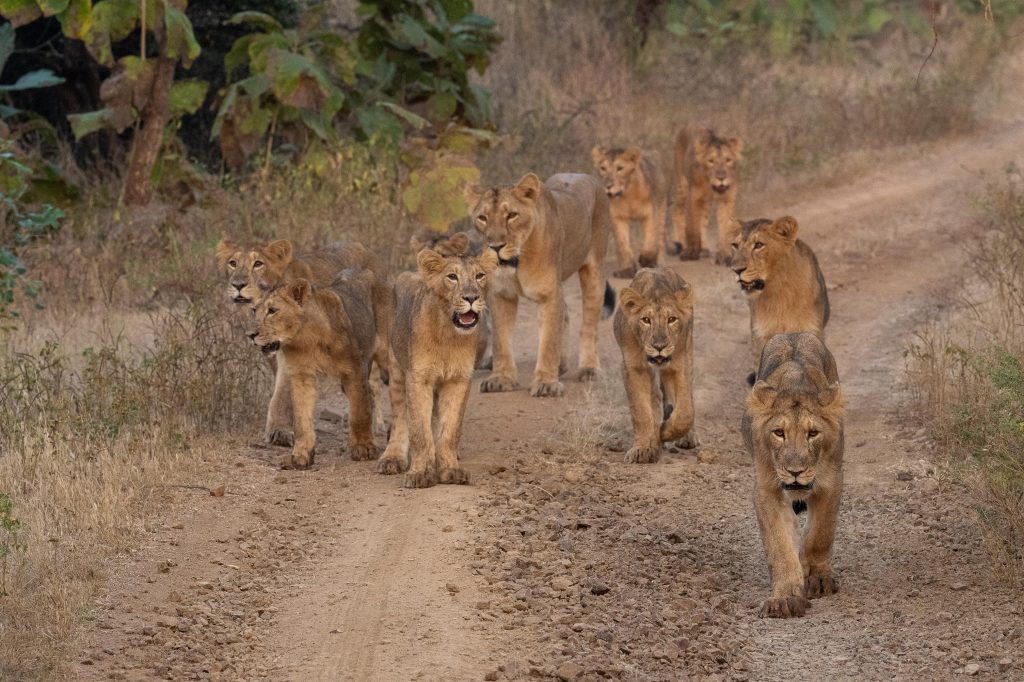
EYES ON THE GROUND AND BEYOND
The census was not only a large team effort involving over 3,200 people, including frontline forest staff, volunteers, and wildlife experts, but also made use of modern technology to boost accuracy. High-resolution cameras, GPS tracking, and the e-GujForest app allowed real-time data collection and location tracking.
Moreover, artificial intelligence software known as SIMBA (Software with Intelligent Marking-Based Identification of Asiatic Lions) was prepared to assist in photo identification of individual lions, while some lions were fitted with radio collars to help monitor movements.
“We invited independent observers from wildlife boards, NGOs, and other backgrounds to witness the process, promoting transparency,” he told Indian Masterminds.
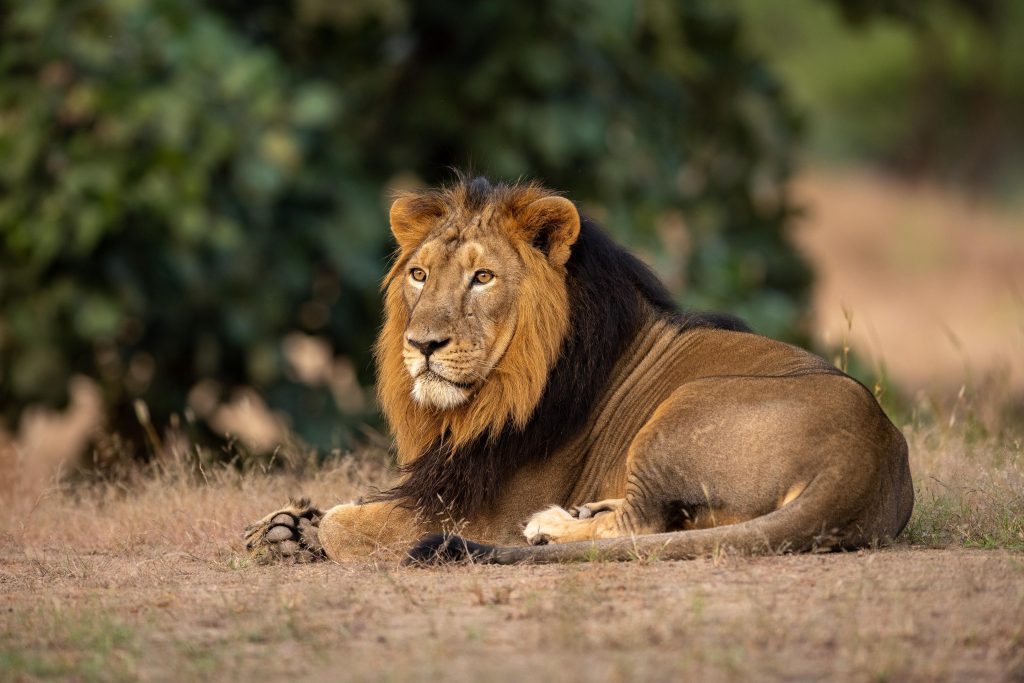
THE EXPANDING LION LANDSCAPE
The 2025 census brought exciting news – three new satellite populations have been recorded, signaling that Asiatic lions are slowly expanding beyond their traditional core habitats.
- Barda Wildlife Sanctuary (Satellite VIII): This newly established population is the first in the area since 1879, marking a notable return for lions to this region.
- Satellite IX: Two emerging populations in the Jetpur and Babra-Jasdan areas are beginning to take shape.
Alongside these, a “population in corridors” was recorded for the first time, consisting of lions moving through connecting forest patches, which are crucial for the species’ long-term survival.
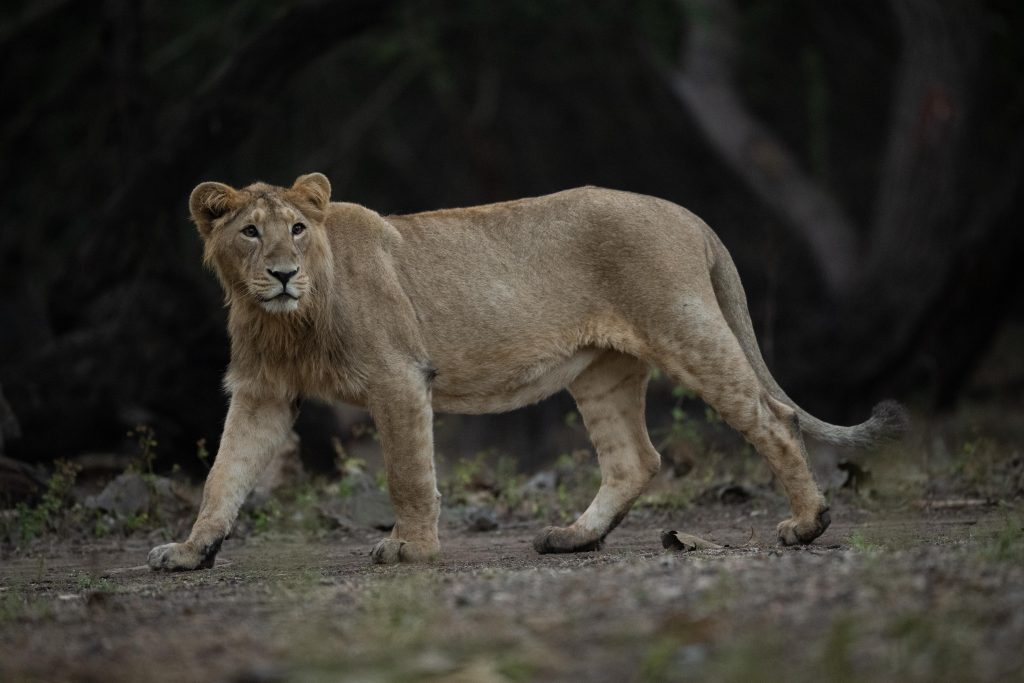
COUNTING THE PRIDE
The census recorded a total of 891 lions in the Asiatic Lion Landscape, an increase of over 32% compared to the 674 lions counted in 2020.
Here’s a snapshot of the distribution:
| Location | Lion Count |
| Gir National Park & Gir Wildlife Sanctuary | 384 |
| Pania Wildlife Sanctuary | 10 |
| Satellite I (Mitiyala) | 32 |
| Satellite II (Girnar) | 54 |
| Satellite III (Southwestern Coast) | 25 |
| Satellite IV (Southeastern Coast) | 94 |
| Satellite V (Savarkundla-Liliya) | 125 |
| Satellite VI (Bhavnagar Mainland) | 103 |
| Satellite VII (Bhavnagar Coast) | 15 |
| Satellite VIII (Barda) | 17 |
| Satellite IXa (Jetpur) | 6 |
| Satellite IXb (Babra-Jasdan) | 4 |
| Corridor Areas | 22 |
The adult male to female ratio is approximately 1:1.68, with adult females to cubs at about 1:0.68.
A DECADE OF PROGRESS
Since 2015, the lion population in Gujarat has grown by over 70%, and their geographical spread has expanded by nearly 60%. Satellite populations have increased notably, with 497 lions now living outside the core Gir areas in nine separate satellite populations.
“Amreli district now holds the largest share of lions, highlighting successful conservation in that region,” stated Mr. Ram.
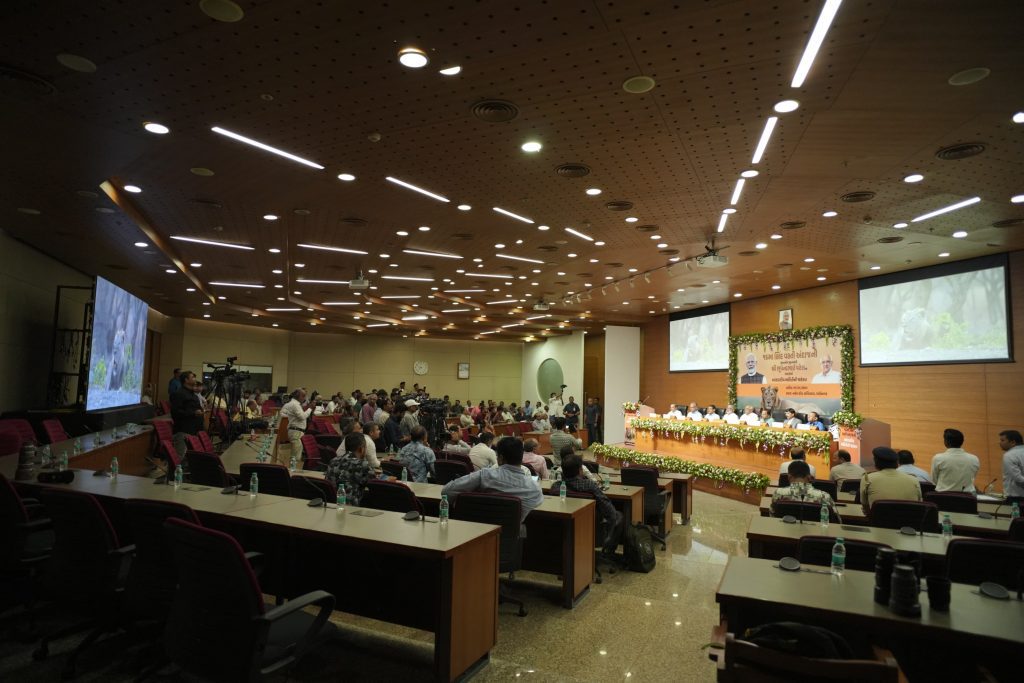
CONSERVATION STRATEGIES AT WORK
This impressive growth results from strategic conservation measures across the Saurashtra landscape, which intensified notably after 2007 and 2018. The Gujarat Forest Department’s approach blends science, community involvement, and technology:
- Adopting a broad ‘Asiatic Lion Landscape Approach’ covering both core and greater Gir areas to manage source-sink dynamics effectively.
- Promoting lion dispersal to satellite areas to reduce crowding and encourage genetic diversity.
- Incorporating technology such as GIS mapping, camera traps, radio collars, and AI-assisted identification to refine monitoring.
- Engaging local communities through awareness programs and volunteer involvement during census exercises.
- Implementing practical measures such as securing open wells, constructing watchtowers (machchans), and involving village leaders (sarpanches) as partners in conservation.
- Establishing dedicated bodies like the Gujarat State Lion Conservation Society (GSLCS), the Task Force Division, the Shetrunji Wildlife Division, and the Wildlife Crime Cell for focused management and enforcement.
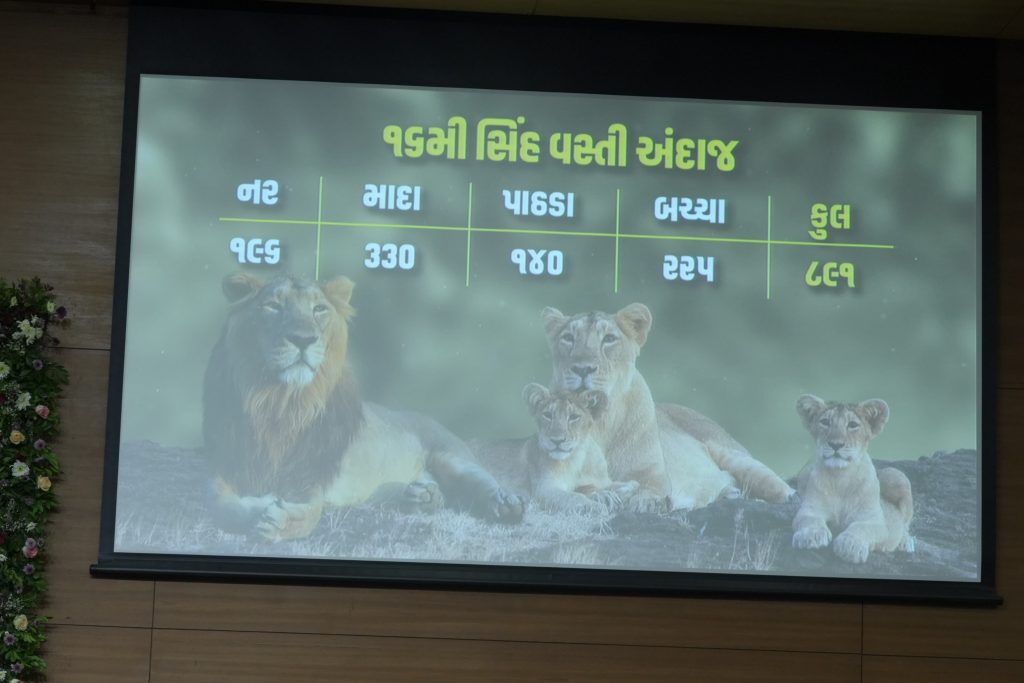
THE ROAD FOR GUJARAT’S LIONS
The 2025 Asiatic Lion Census is more than a headcount. It is a reflection of collaborative efforts that balance wildlife conservation with human activities. By continuing this blend of traditional knowledge, scientific rigor, and technological innovation, Gujarat is nurturing a safer, wider home for the Asiatic lion.
For the lions of Gujarat, this census opens a new chapter – one that charts an expanding landscape and strengthens their future in the wild.









